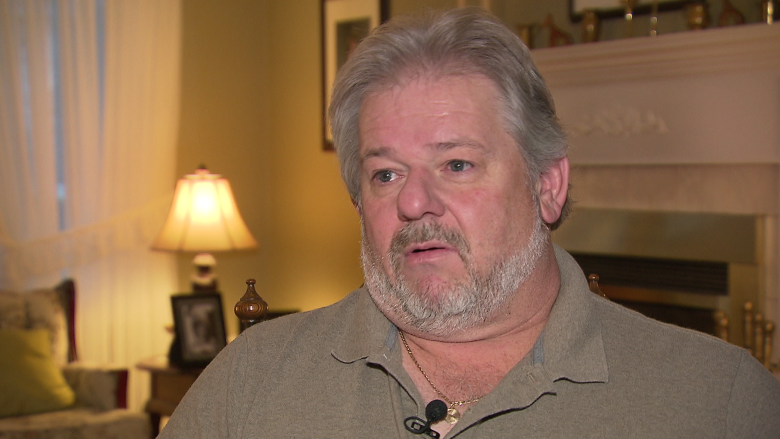Extended striped bass season for the Maritimes brings mixed views
The extended fishing season for striped bass in the Maritimes has satisfied some residents while leaving others wanting more.
On Friday, the federal government announced a doubling of the season, to 200 days from 95, in the southern St. Lawrence Bay, which includes waters in all three Maritime provinces. The new extended season begins May 1 in tidal waters and lasts until Oct. 31.
Charlie LeBlanc, president of the New Brunswick Wildlife Federation, supports the move.
"We were asking the minister to do exactly that because of the numbers," he said.
"The numbers seemed very healthy and growing."
Some want an even longer season
While the federation applauds the longer season, for others it isn't long enough.
Jerry Doak, owner of W. W. Doak, an outfitters shop in Doaktown, said more needs to be done to reduce the number of striped bass on the Miramichi River.
"There's such a heavy abundance of striped bass — many, many times more than the target population the DFO has considered to be optimal — and yet the harvest is quite restrictive," he said.
One criticism LeBlanc has of the new season is the rules regarding the size of the fish allowed to be harvested, which is between 50 and 65 centimetres. This is to allow the largest spawners to keep the population up, but LeBlanc doesn't think that's necessary.
"[We] didn't want to have a size limit. We thought any fish [above] 50 centimetres has grown up to a certain size and then he's spawned once so he's contributed to the population," said LeBlanc.
Bass vs. salmon
Doak said the number of striped bass on the Miramichi is hurting the salmon population.
He said that when young salmon, or smolt, are swimming back out to sea, striped bass are coming into the river to spawn. Doak said that leads to a lot of smolt being eaten by the bass.
"I've called it a meat-grinder that the smolt have to go through in the estuary, right at the time that they're exiting the river, and that takes a huge toll on the survival [of the salmon,]" said Doak.
But LeBlanc said that while striped bass will eat salmon, he doesn't believe the problem is too dire.
"[We don't] feel that striped bass are a detriment to the salmon. They've cohabitated for a million years," said LeBlanc.
A call for more action
Still, Doak would like to see more done to reduce the number of striped bass on the Miramichi.
This includes increasing catch limits, changing the length of fish allowed to be caught and switching the focus from fishing for large salmon to striped bass, which would include negotiating with First Nations over fishing rights.
"The only remaining large salmon harvest anywhere on the river, the only harvest of any sized salmon is with the First Nations gillnets. I think there's a case to be made for a First Nations food fishery and perhaps even a commercial fishery for striped bass," said Doak.



